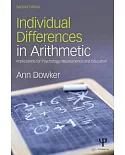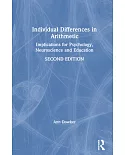"This is easily the best, and certainly the most empathic and insightful, treatment of the process of becoming bicultural in the United States that I have read. There is something for everyone
in this book--researchers will find scientific evidence, clinicians will find insights to deepen their work, and all readers will find a teenager in its pages whose story will inform them and
touch their hearts. Writing in a style that makes reading effortless, Smokowski and Bacallao render the bicultural experience accessible to all of us." LUIS H. ZAYAS, Washington University, St.
Louis
"This book masterfully captures the stories of Mexican immigrants from the well-established communities in the Southwest as well as from newer communities in the Southeast. It documents a
common voice of resiliency and hope and provides an insightful review of the challenges experienced by acculturating youth and their families as they pursue the American dream. A must read for
practitioners and researchers interested in understanding the contemporary immigrant experience and its mental health implications." FLAVIO F. MARSIGLIA, Arizona State University
Although the United States has always been a nation of immigrants, the recent demographic shifts resulting in burgeoning young Latino and Asian populations have literally changed the face of
the nation. While some Latino adolescents become alienated and turn to antisocial behavior and substance use, others go on to excel in school, have successful careers, and build healthy
families. Drawing on both quantitative and qualitative data ranging from surveys to extensive interviews with immigrant families, Becoming Bicultural explores the individual psychology, family
dynamics, and societal messages behind bicultural development and sheds light on the factors that lead to positive or negative consequences for immigrant youth.
Paul R. Smokowski and Martica Bacallao illuminate how immigrant families, and American communities in general, become bicultural and use their bicultural skills to succeed in their new
surroundings. The volume concludes by offering a model for intervention with immigrant teens and their families that enhances their bicultural skills.





















